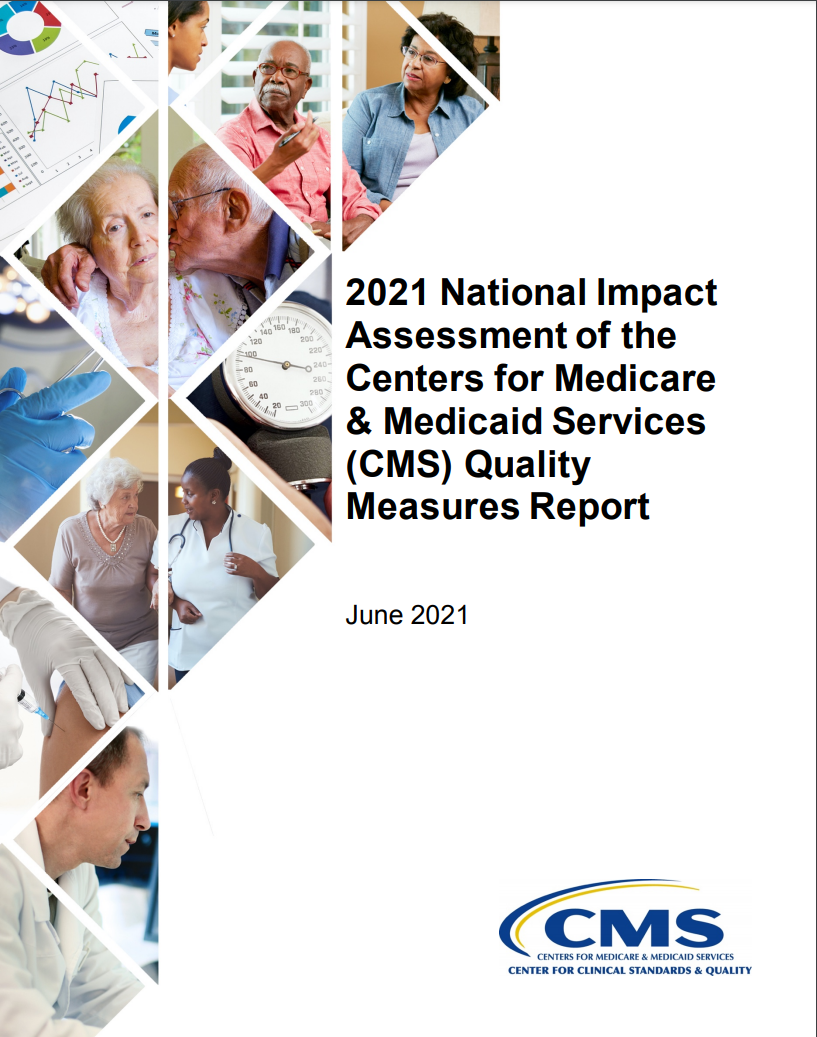The PQA Quality Essentials Webinar provides education on the fundamentals of quality measurement, which is important for effective measure implementation and performance, and information about where and how PQA quality measures are used.
PQA’s June 16, 2022, Quality Essentials Webinar featured Rachel Digmann, PharmD, Senior Director of Performance Measurement, and Ben Shirley, CPHQ, Director of Performance Measurement, at PQA. Lisa Hines, PharmD, CPHQ, PQA's Chief Quality & Innovation Officer, served as moderator for the webinar.
The panel addressed several frequently asked questions on PQA’s statin use measures.
Digmann opened the webinar by providing supporting evidence, an overview of the measure maintenance process and details of the Proportion of Days Covered: Statins (PDC-STA) and Statin Use in Persons with Diabetes (SUPD) measures.
The PDC-STA measure includes individuals > 18 years of age with at least two prescription claims for any statin on different dates of service during the treatment period who had a PDC of 80% or greater. Exclusions include end-stage renal disease (ESRD) due to lack of clinical evidence showing benefit in this patient population and hospice as statins show long-term benefit and may not be useful or appropriate for end-of-life care.
The SUPD measure includes individuals ages 40 to 75 with > 2 prescription claims on different dates of service for any diabetes medication during the measurement year. To qualify for the numerator, these individuals must have > 1 prescription claim for a statin medication during the measurement year.
Digmann explained exclusions for the SUPD, which include hospice, ESRD, rhabdomyolysis or myopathy, pregnancy, lactation or fertility, cirrhosis, pre-diabetes and polycystic ovary syndrome (PCOS). Both measures use prescription claims, medical claims and enrollment data and are intended for health plan performance measurement.
 Shirley provided an overview of programs in which PQA statin measures are implemented, including CMS’ Medicare Part D Star Ratings and state Medicaid programs. He displayed improvement in Part D measure rates over time. He highlighted the 2021 National Impact Assessment of the Centers for Medicare & Medicaid Services (CMS) Quality Measures Report, emphasizing that PQA’s PDC-STA measure accounted for $5.4 to $13.7 billion in costs avoided and 4 million more beneficiaries adherent to statins compared to baseline.
Shirley provided an overview of programs in which PQA statin measures are implemented, including CMS’ Medicare Part D Star Ratings and state Medicaid programs. He displayed improvement in Part D measure rates over time. He highlighted the 2021 National Impact Assessment of the Centers for Medicare & Medicaid Services (CMS) Quality Measures Report, emphasizing that PQA’s PDC-STA measure accounted for $5.4 to $13.7 billion in costs avoided and 4 million more beneficiaries adherent to statins compared to baseline.
Shirley and Digmann addressed frequently asked questions about PQA statin measures. They highlighted that while both measures do not specifically exclude statin intolerance, it is accounted for at the population level so that one health plan is not disproportionately affected by statin intolerance. They emphasized that these measures are only intended to be used at the health plan level of analysis. For accountability purposes, using these measures at any other level of analysis, such as providers, is inappropriate due to reliability and validity concerns.
Furthermore, Digmann explained how PQA updates measures when medications receive additional FDA approved indications that may impact measure rates. PQA examines available evidence and potential impacts on PQA measures on a case-by-case basis. For example, diabetes medications are used as a proxy for a diabetes diagnosis for the denominator population, so FDA approved indications for medications included in the target medication table are carefully evaluated to optimize validity.
For example, the SGLT2 inhibitor dapagliflozin is indicated to treat heart failure and chronic kidney disease as well as diabetes, so using dapagliflozin monotherapy may not accurately identify a patient with diabetes. Empagliflozin is another SGLT2 inhibitor that is indicated for use in heart failure as well as diabetes. Therefore, both individual dapagliflozin and empagliflozin products have been removed from the SUPD Diabetes Medication table. Likewise, specific medications FDA approved for weight loss, such as Wegovy® (semaglutide) and Saxenda® (liraglutide) are not included in PQA medication lists.
Additional questions addressed included the accuracy of using prescription claims as a proxy for diabetes diagnosis, the difference in exclusion criteria between the PDC-STA and SUPD measures and the refinement of the liver disease exclusion to focus on cirrhosis. Individuals were also referred to the PQA Technical Assistance form for any additional questions.
Shirley wrapped up this webinar by reaffirming PQA’s commitment to champion equity and address health disparities in medication use quality as described in PQA’s Blueprint 2025. Data from a variety of sources suggest disparities in PDC-STA and SUPD measure rates across different racial groups, age groups, income levels and other subpopulations. Stratification of measure rates is one strategy to shine a light on these potential disparities, enabling health plans to galvanize resources and design interventions to help close these quality gaps.
You can listen to the full recording of this Quality Essentials Webinar, a one-hour presentation with audience Q&A, on PQA’s YouTube channel. PQA members can access the presentation slides in the Member Resources Library.
